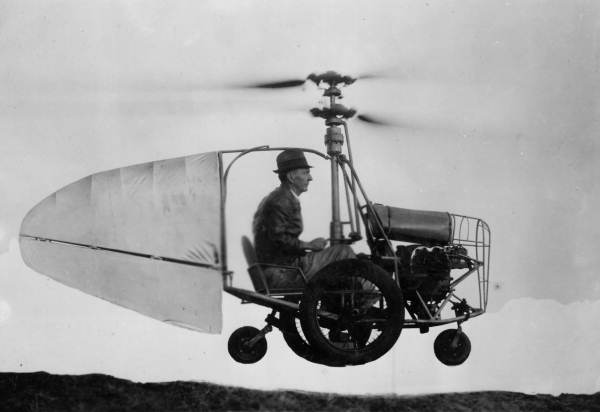Due to a reduction in student numbers my school will be over-staffed in 2012, and a teacher needs to be relocated to another site. On Friday 11-Nov-2011 I was nominated to transfer.
Five Stages of Grief
I found it interesting to observe my own reactions and how they fit into the Kübler-Ross model of the five stages of grief. The model is based on interviews with more than 500 dying patients, but it can also apply to catastrophic loss (job, income, freedom).Denial
I feel fine; This can't be happening, not to me.The principal had informed all the staff that a nominated transfer was forth-coming on Mon 07-Nov-2011. Later that afternoon he privately informed me that I may be nominated. There was a brief shock; a few seconds of "this isn't real."
But I had 5 days to consider the eventuality of the "loss". I trusted that the principal would meet the needs of the school and take everything he needed to into consideration. So when he informed me that I would be nominated there was no denying it.
Anger
Why me? It's not fair!; How can this happen to me?; Who is to blame?I think because of the 5 days notice the anger was subtle. Trying to keep a positive and professional outlook; there may have also been some emotional suppression.
Unfortunately, my Year 8 class felt some misdirected anger today (Monday). I apologised to them for my lack of patience and energy during that lesson.
Bargaining
I'll do anything for a few more years; I will give my life savings if ...While discussing the nomination the deputy-principal and principal described how they had gone through the numbers, and considered alternative solutions. Their sincerity and honesty was apparent, so there's no wriggle room for bargaining.
Depression
I'm so sad, why bother with anything?Depression came in waves over the first weekend, mixing with denial, anger, and acceptance. It seems that the stages are not mutually exclusive, and that I can quickly progress or regress through them.
Monday morning: coming back to the workplace seemed difficult. Feelings of rejection, disappointment, anxiety. It seemed a bit of emotional overkill for a simple job relocation. I'm even feeling distressed about being distressed ("I should have better control than this!")
Ten years ago I chose to move to this location, and had no concerns about the school, the position, the subjects, or the students.
Now I have a family and home here, the risks of the transfer seem greater and the rewards seem negligible. Also, I am not in control of this decision, although I can nominate some preferred schools to transfer to. If no suitable school is found nearby I might be placed in a mobile permanent position in my current school.
I also wonder if being older now, I seek stability rather than excitment; predictability rather than spontaneity. This would fit in with the article about Teenage Brains that Darcy Moore recently blogged about.
I'm also feeling sad about the loss of investment in people and resources I've made at my current school. The good relationships, and the IT structures and processes that have been implemented. I hope that the next location is as warm and welcoming.
Acceptance
It's going to be okay.I haven't lost my job, my income, or my freedom. I will only have a change of circumstances - possibly a change of school, possibly a relocation of home and family. The unknown is the point of fear.
I don't think I will have full acceptance until I have more certainty and self-determination.
I'm also starting to consider the affects of leaving my current school. How well will my current classes (especially HSC IPT) adjust to the change? Will the students in the chess club continue to develop and grow (in game-play and life)?
And, I've been more creative in the past few days than in the past year. Maybe I've just been lacking lustre for a while, and these events is jolting my brain back into action; out of a rut.
Perspective
Keeping things in perspective:- I haven't been told I'm going to die
- I haven't lost my job, or income
- I still have health and family
- I might be relocated to a new work environment
According to Maslow's hierarchy of needs I'm doing OK. My Physiological , Safety, and Love/Belonging needs are met. But maybe Esteem and Self-Actualisation are lacking.
Hopefully, when the paperwork is done, and I know more about where I am headed, acceptance will come, and the stages will end. There might be new and exciting opportunities, but I'm just a little nervous about looking out the door.
Publicness
A final thought: I have never expressed my thoughts and fears so publicly before. But Jeff Jarvis has highlighted the benefits of publicness; and I've found writing this post good for clarifying and organising my own thoughts and feelings. Maybe it will help someone else too.Update (30-Nov-2011)
I've been appointed to another local school starting in 2012. It's a change of subject area, but at least it's not a change of house! Acceptance is getting better :-)Comments
Copied from original postDeb Hogg says:
14 Nov 2011 at 05:18 PMHi Tim Well written... but that's a hard piece to read! The whole number crunching reality of school staffing is appalling - sorry to hear that you are at the pointy end of it. Anger is an appropriate first response but I can already see the hint of adventure and the thrill of "what comes next?" hiding in your post! A change of school is always difficult but you've already had a benefit in the past couple of days - a creativity boost comes in all shapes and sizes! Just hope that some amazing, fabulous opportunity comes your way in all this - new place, new people, new learning, new fun! ...with manageable disruption to your family (they need adventure and fun too!). I have no doubt that it will all turn out to be wonderful! Regards, Deb
Deborah Moore says:
30 Nov 2011 at 03:22 PMHi Tim! Don't go on Maang much anymore but I just saw yur post and read your blog.... That would have been a tough time for you and I thank you for your reflections. It was an enlightening post! BUT great news about your new posting... I wish you luck and am sure you will succeed in whatever you do!! Debbie
Vivi Mattiello says:
01 Dec 2011 at 06:31 PM"There's always a rainbow after the storm" This blog post is so true, been through all those steps myself when my position was cut off unexpectedly (for me). Things like this happen, though that's not really encouraging is it? Take it as a learning experience that will make you better as it might lead you to reassess your identity as a teacher. All the best for 2012!


